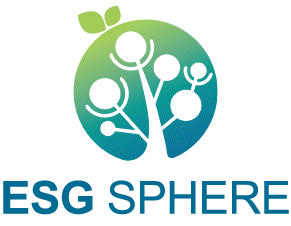Product Life Cycle Assessment
The product life cycle assessment (LCA) refers to the assessment of potential environmental impacts caused by the investments in and outputs of raw material, manufacturing, distribution, use, and end of life stages of products and services. Corporations can use LCA to assess all the impacts on the environment created by products “from cradle to grave”, such as contributions to global warming and damage to the ozone. The assessment results can be applied to products, manufacturing and services to achieve the purpose of continuously providing environmentally friendly products.
In 2024, Wistron complied with ISO 14040 and 14044 life cycle assessment standards to assess laptop computers and docking stations. The system boundaries have been defined as cradle to grave, which includes raw materials, manufacturing, distribution, use, and end of life stages. The LCA analysis tool is used to conduct computational analysis to obtain the environmental impact assessment results and carbon footprint of the product. Currently, products that have completed LCA analysis account for 23.49% of Wistron's total revenue.
Wistron established a standard operating procedure for product life cycle assessment. Our colleagues are trained through e-learning classes, and we established an LCA analysis team to continue to strengthen the knowledge and capabilities of our product life cycle assessment. In addition, Wistron's Product Carbon Footprint System (PCF System) was officially launched in January 2023. It obtains product-related information by connecting Wistron's internal systems, allowing for rapid calculation of carbon footprint and significantly reducing the manual work time for life cycle assessment. The system also enables carbon emission hotspot analysis to assist the product development team in developing low-carbon products. In 2024, Wistron collaborated with customers on two docking station products that successfully obtained third-party verification certificates for product carbon footprint (PCF) under ISO 14067, marking the first successful case of using Wistron's PCF system to pass third-party PCF verification.
Also in 2024, Wistron completed product carbon footprint calculations for 33 products across seven major product categories, including notebooks, desktops, monitors, AIOs, handheld devices, IPCs, and servers, via our PCF system. These accounted for 4.01% of Wistron's total revenue.
To evaluate the environmental characteristics and potential impact of products, Wistron uses three main methods: life cycle assessment (full LCA), simplified LCA(product carbon footprint), and hazardous substance compliance assessment (RoHS, REACH). In 2024, products that have completed full LCA assessment and simplified LCA assessment accounted for 23.49% and 4.01% of Wistron's total revenue respectively, and the remaining 72.5% of products will be based on Wistron's products being 100% compliant with RoHS (Restriction of Hazardous Substances Directive) as the main source of their environmental characteristics assessment.
| Item |
Index |
2021 |
2022 |
2023 |
2024 |
| Environmental characteristics and potential impact |
Full LCA |
12.64% |
20.24% |
22.50% |
23.49% |
| Simplified LCA<Note 1> |
0% |
0% |
3.79% |
4.01% |
| Others (Hazardous substance compliance assessment)<Note 2> |
87.36% |
79.76% |
73.71% |
72.50% |
| Total |
100% |
100% |
100% |
100% |
- Note 1: Product carbon footprint assessment
- Note 2: Including RoHS and REACH








